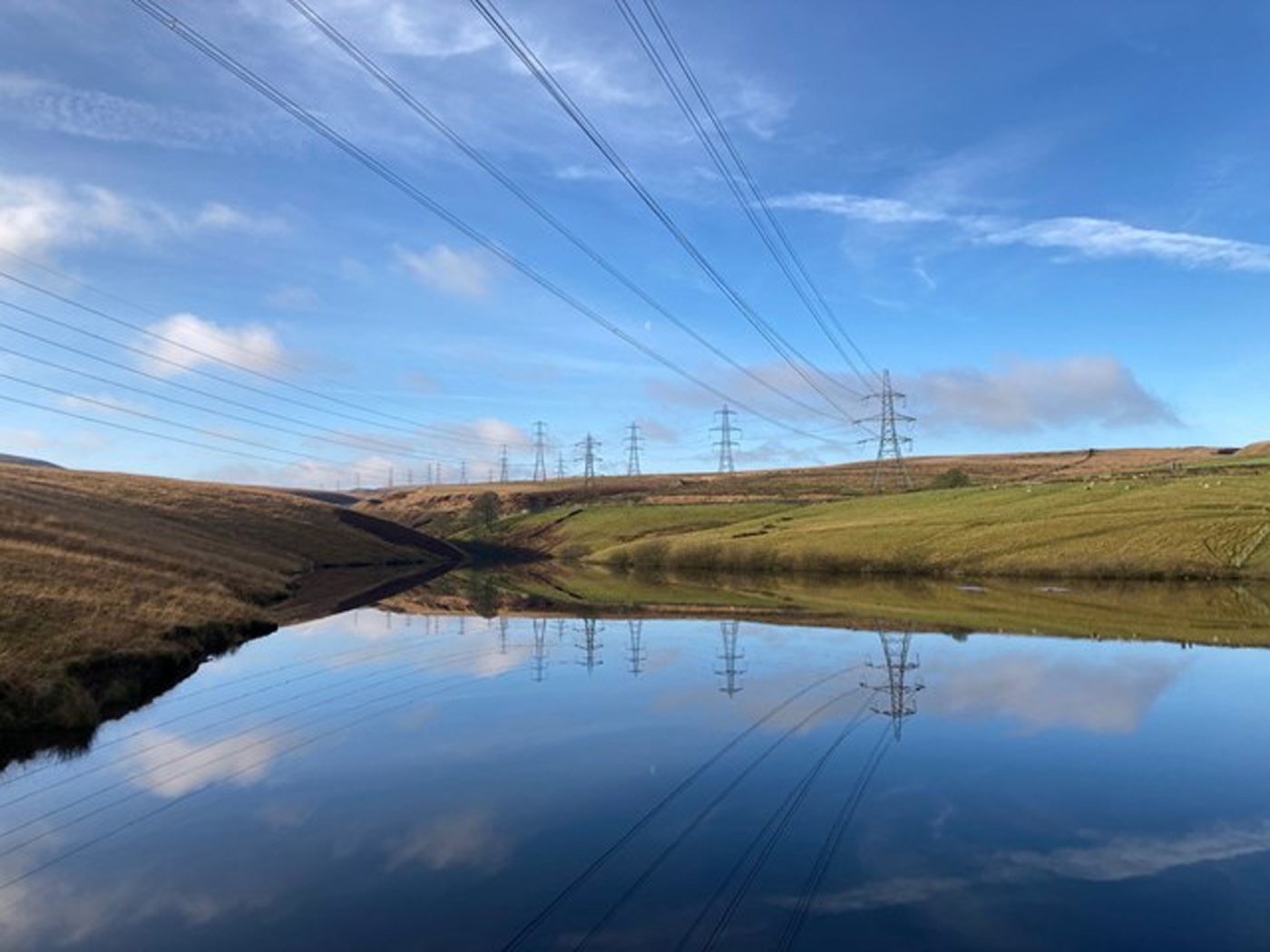

A hosepipe ban, introduced to combat the effects of drought, has been ended after three months as reservoir levels recover.
The ban was introduced on August 26 by Yorkshire Water and was terminated by the company on Tuesday, December 6, having helped to save 28 million litres per day While Yorkshire is still classified as being in a state of drought by the Environment Agency, the water company has said that thanks to “everyone’s efforts to save water” and a wetter than average autumn, the temporary restrictions could now be lifted. During the warm summer months, the ban took pressure off the region’s reservoirs and allowed them to hold as much water as possible.
Neil Dewis, director of water at Yorkshire Water, said: “We’re really grateful to our customers for their efforts to save water whilst the weather was drier than usual. Thanks to a number of emergency drought schemes, drought permits, increased leakage activity, rainfall, and everyone’s efforts to save water, reservoirs are now looking much healthier – with the average level across the region now at 75 per cent.” In September, the company commissioned construction company Galliford Try to lay two kilometres of overland pipe across moorland to connect reservoirs in adjacent valleys, in order that water stocks can be transferred to meet demand. It also increased its leakage activity in reaction to the warm dry weather – hiring additional leakage technicians and introducing a seven-day working pattern which has helped them fix leaks twice as quickly. It is now on track to reduce leakage by more than nine per cent this year, bringing it closer to its goal of a 15 per cent reduction by 2025. Mr Dewis said that it was important to maintain a water-saving mentality: “Whilst the hosepipe ban is no longer in place, it’s really important that we all continue to save water where we can. Adopting small habits like reusing grey water or installing a water butt will save water and energy, helping to reduce bills and protect the environment.” He said: “As we’ve seen this year, climate change is making weather patterns more extreme. We recently submitted our latest draft water resource management plan to the Department of Environment Food and Rural Affairs. The document predicts future water use, weather patterns, and sets out our action plan to reduce the likelihood of future restrictions and ensure we can continue to meet demand over the next 60 years. “We’d welcome feedback from customers and other stakeholders on our draft plan, which can be viewed on our website.”
Yorkshire Water’s Baitings Reservoir. (08-12-184 SU)




